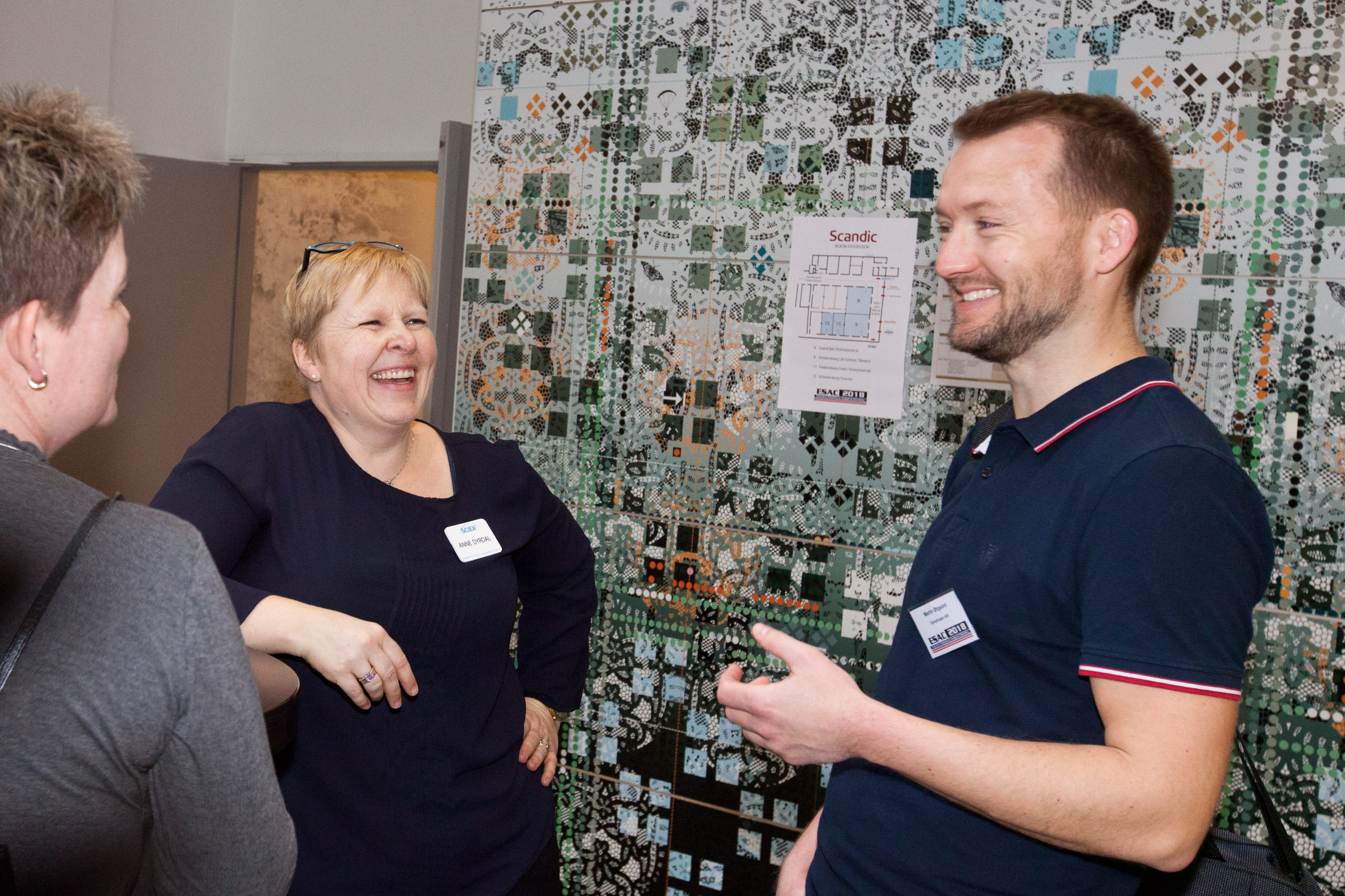2019 ESAC: Executive Seminars in Analytical Chemistry
This unique industry event is an ideal opportunity to learn about the latest developments in analytical instruments from five of the most progressive vendors in the industry and to hear from leading scientific researchers from all fields of analytical chemistry as they present their experiences, methods, and results.
To view this year’s exciting program, click here.
“At the Interface of Science, Art, and Dinner”
by David Zilber, Director of Fermentation, Noma Copenhagen
In the never-ending attempt to push the boundaries of food further, Noma’s R&D team embarked on a research trip to the south of France to learn how to apply the technology of supercritical fluid extraction to the foreign and largely underexplored flavors of Scandinavia and the North Atlantic.
Through a partnership with Waters, Noma was able to adopt this technology and employ it themselves in the restaurant. David Zilber, Director of Noma’s Fermentation Lab, will speak about the challenges and rewards of employing technologies across traditional industry lines, applying extracts on the menu at Noma, and the interface of art, technology and science within the world of food.
“Proteins from the past: Proteomics applied to art, archeology, and paleontology”
by Enrico Cappellini, Associate Professor in Paleoproteomics, coordinator of the “TEMPERA” European Training Network at the Department of Biology of the University of Copenhagen, Denmark
Enrico Cappellini uses high-resolution mass spectrometry to sequence ancient protein residues recovered from paleontological and cultural heritage materials. He is actively involved in methodological development to push reliable recovery of ancient proteins further back in time, to minimize starting sample quantities and to improve data analysis and interpretation.
Although the adoption of experimental methods to investigate cultural heritage and natural history materials has experienced a steady expansion in the last decades, the application of high-throughput sequencing methods to ancient biomolecules, both DNA and proteins, represents the single strategy that provided the most innovative results.
